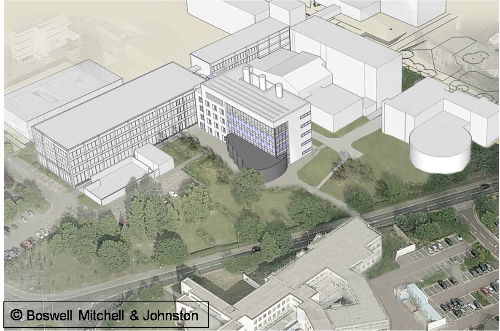News Library
Graphene Oxide: Structural Analysis and Application as a Highly Transparent Support for Electron Microscopy

New Asthma drug candidate has completed phase 1 clinical trials
 .
.Van Rijt, Deeth, Clarkson and Sadler in ACS Division of Medicinal Chemistry Centennial Issue
 4 > 1 > 9). In contrast, N,O-coordinated complexes 7 and 8 hydrolyzed slowly, did not bind to guanine or adenine, and were nontoxic. http://dx.doi.org/10.1021/jm900731j
4 > 1 > 9). In contrast, N,O-coordinated complexes 7 and 8 hydrolyzed slowly, did not bind to guanine or adenine, and were nontoxic. http://dx.doi.org/10.1021/jm900731j
Jon Rourke's team shows a delicate balance between sp2 and sp3 C-H bond activation in a Pt(II) complex in JACS
2-tert-Butyl-6-(4-fluorophenyl)pyridine reacts with K2PtCl4 via the activation of an sp2 C−H bond to give a cyclometalated complex that contains a bifurcated agostic interaction. Rearrangement of this complex results in the activation of an sp3 C−H bond, and reaction eventually leads to a doubly cyclometalated complex where both sp2 and sp3 C−H bonds have been activated. Deuterium exchange studies show that a delicate balance exists between the two cyclometalations.
New Research Building for Chemistry and Physics
On Wednesday 8th July the University Council gave the final go-ahead for this £24M project. Enabling work will start over the summer and we expect the contractor to move onto site in November. The building will have 4,699 square metres of floor area on 4 floors and will be of a similar height to the adjacent Physics building. The main entrance will be from the third floor concourse. It will house purpose-built laboratories for electron microscopy, mass spectrometry, x-ray diffraction and synthetic chemistry and is designed to achieve BREEAM EXCELLENT environmental status.
The building is scheduled to be ready for occupancy at the end of August 2011.

